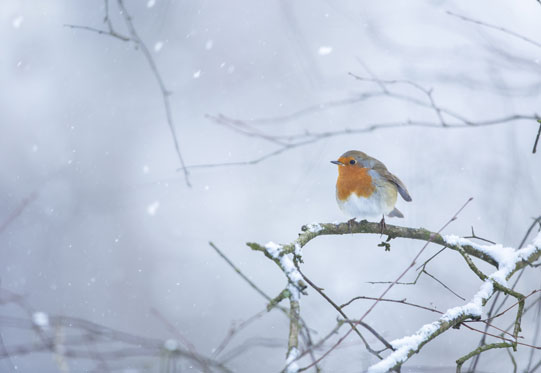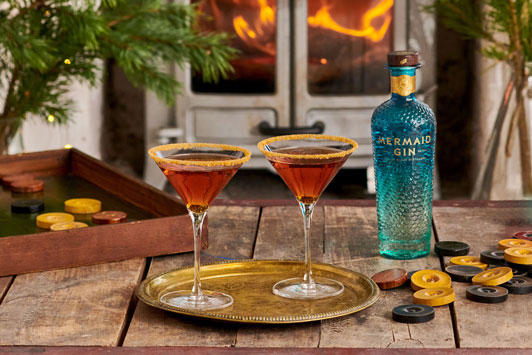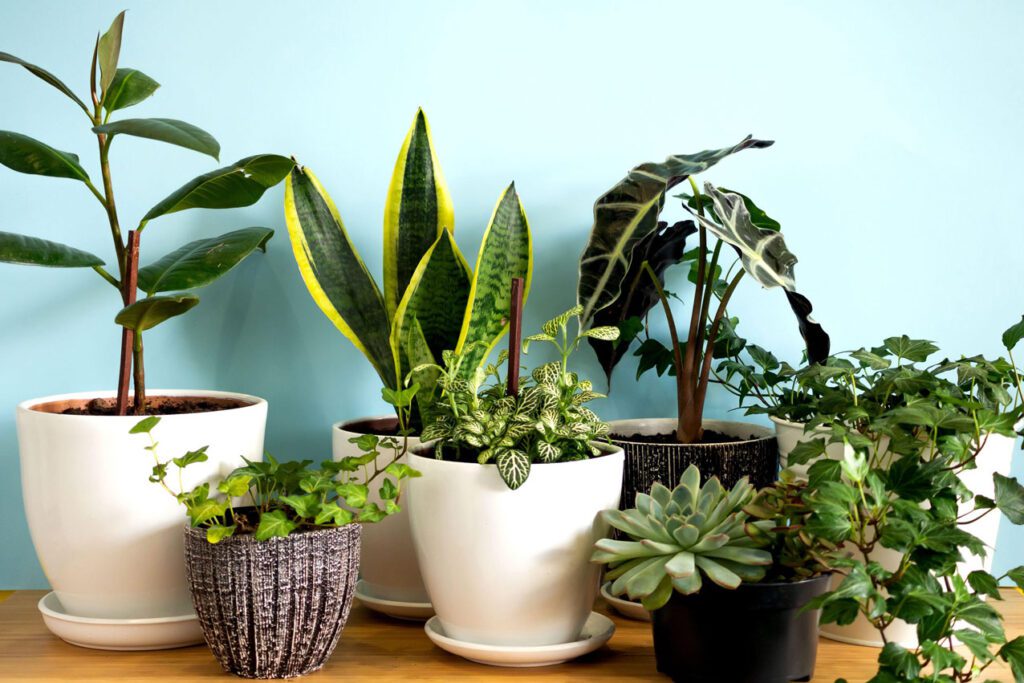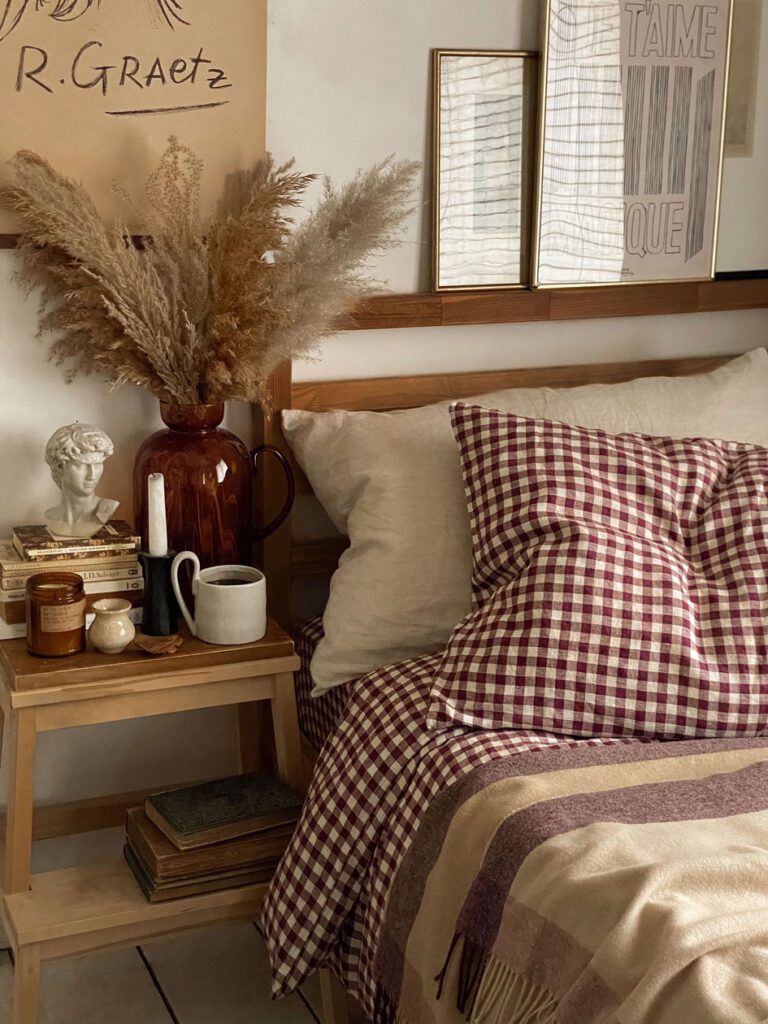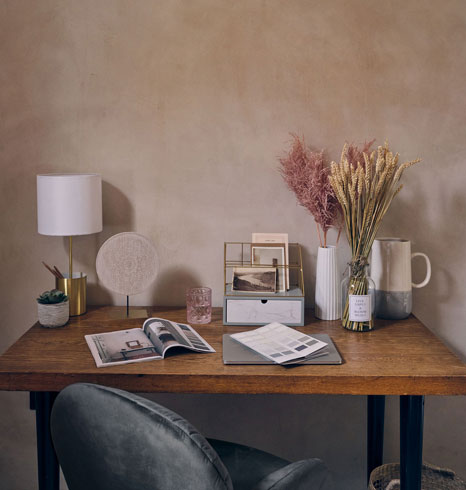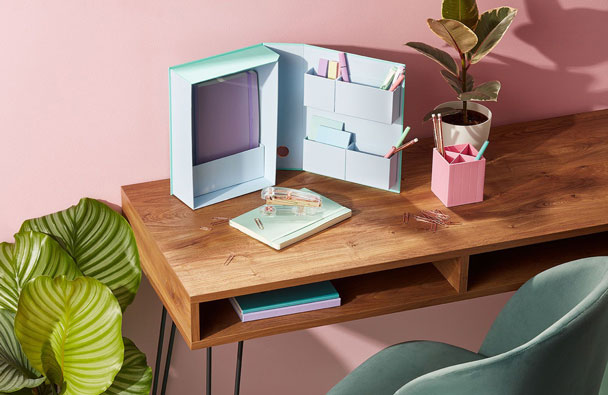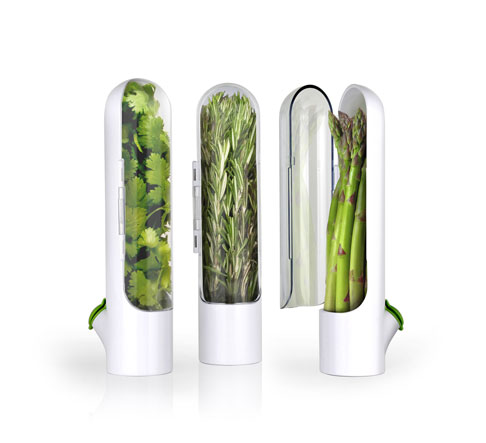Bake Off fan favourite Rahul Mandal shares his Christmas baking ideas.
For a lot of people Christmas will be a stretch, so why not take a leaf out of Dr Rahul Mandal’s book and bake gifts for your loved ones?
The first time the 2018 Great British Bake Off winner baked anything was actually in the lead up to Christmas, when he was a student on a tight budget.
“I was at Loughborough Univerity, on a scholarship, so it wasn’t like I had a lot of money to actually give people lots of Christmas presents,” he says.
“I started to make friends in the Garden Society and I wanted to bring some presents – I think that was the first time I baked in that way. It wasn’t baking from scratch – I literally bought some shortcrust pastry from the shop and put some [readymade] mincemeat and cranberries in it to make mince pies. I also made some stained glass cookies to give to people – that’s where it all started.”
Here are Mandal’s ideas for baked festive gifts…

1. A lighter Christmas cake
“If you’re going to a Christmas gathering, rather than buying a cake, make the cake yourself,” says Mandal.
“There is lighter version of a fruit cake recipe in my book [Showstopper Cakes] – a lot of people don’t like the heavy-fruited Christmas cake.” Growing up in India, the only cake his family had was on Christmas day – but it was very different to the boozy, fruit-heavy cake eaten in the UK.
“It was more like a dense sponge cake with a handful of dried mixed fruit dispensed evenly in the crumb. I will be honest, I liked this cake a lot more than the British version.”
For Christmas presents, he says: “You can make your own marzipan and coat the cake with it, then decorate it as you like.”

2. Spiced brownie bars
The best thing to add to a brownie bar to make it Christmassy is “definitely spiced caramel”, says Mandal.
To make ginger caramel, “You basically make the caramel and add a teaspoon or one-and-a-half teaspoons of ground ginger in it. Then if you want to put a pinch of Christmas spices in it as well – that’s absolutely amazing! I think it complements the dark, rich brownie flavour quite well.”

3. Mince pies
“If you’re going to someone’s house for Christmas, instead of buying some mince pies, just make a batch of them yourself – that’s an amazing gift.
“If you want to make your own pastry, it’s a simple shortcrust pastry: three parts flour to two parts butter, and a couple of tablespoons of caster sugar. Rub it together and then put three to four tablespoons of water (depending on how much flour you’re using). Put everything in a food processor until it starts coming together as a clump. Then you chill it, take it out and roll it, and cut it into shapes and line the cupcake tin to make mince pies.
“Or you can just buy the pastry – perfectly fine! [Use] all butter shortcrust pastry and they are amazing. Same with mincemeat, you can just buy readymade mincemeat or you can make your own. Or as a kind of hybrid version, buy readymade mincemeat, but add fruits you like in it. You can maybe put some dried cranberries in, or some brandy-soaked cherries in – which are not usually in mince pies a lot of the time.”

4. Jam
“When I have time, I make jams,” says Mandal, whose book includes recipes for several, including pineapple, ginger and chilli jam.
“You can make jams and you can give them as good presents. If you’re making it home you can pretty much add no preservatives – because jam is a mix of sugar and fruit, so you know what’s in it. That’s a very, very useful [gift].”

5. Christmas tree decorations
“Edible Christmas decorations are great – like stained glass cookies, or any kind of decorated cookies – that you can just hang on your Christmas tree,” says Mandal.
When it comes to the dough, you have options. “Obviously Christmas is gingerbread, so making gingerbread cookies is a big tradition for me. But if you are in doubt you could just use a normal shortbread and instead of normal caster sugar, replace it with muscovado sugar or dark brown sugar.
“Then if you’re making it with, say, 200 grams of flour, put 10 grams of ginger in – so it’s about 1/20, and that will make it gingery enough. And you can put other spices in like a teaspoon of cinnamon, a pinch of cayenne, nutmeg and a pinch of clove will make it very, very Christmassy.
“You can make a little hole in the rolled gingerbread [with a] cookie cutter, and take a bit out of the cookie. Then put some boiled sweets in it and then bake it for seven to eight minutes. By the time the biscuits are baked, your boiled sweets will melt and create the stained glass effect,” he says.
“You don’t even need to decorate those with royal icing if you don’t want to, because they look so pretty as it is – they will be a beautiful decoration for a tree, and they taste delicious.”
Showstopping Cakes by Rahul Mandal is published by Kyle Books, priced £26. Photography by Maja Smend. Available now.






